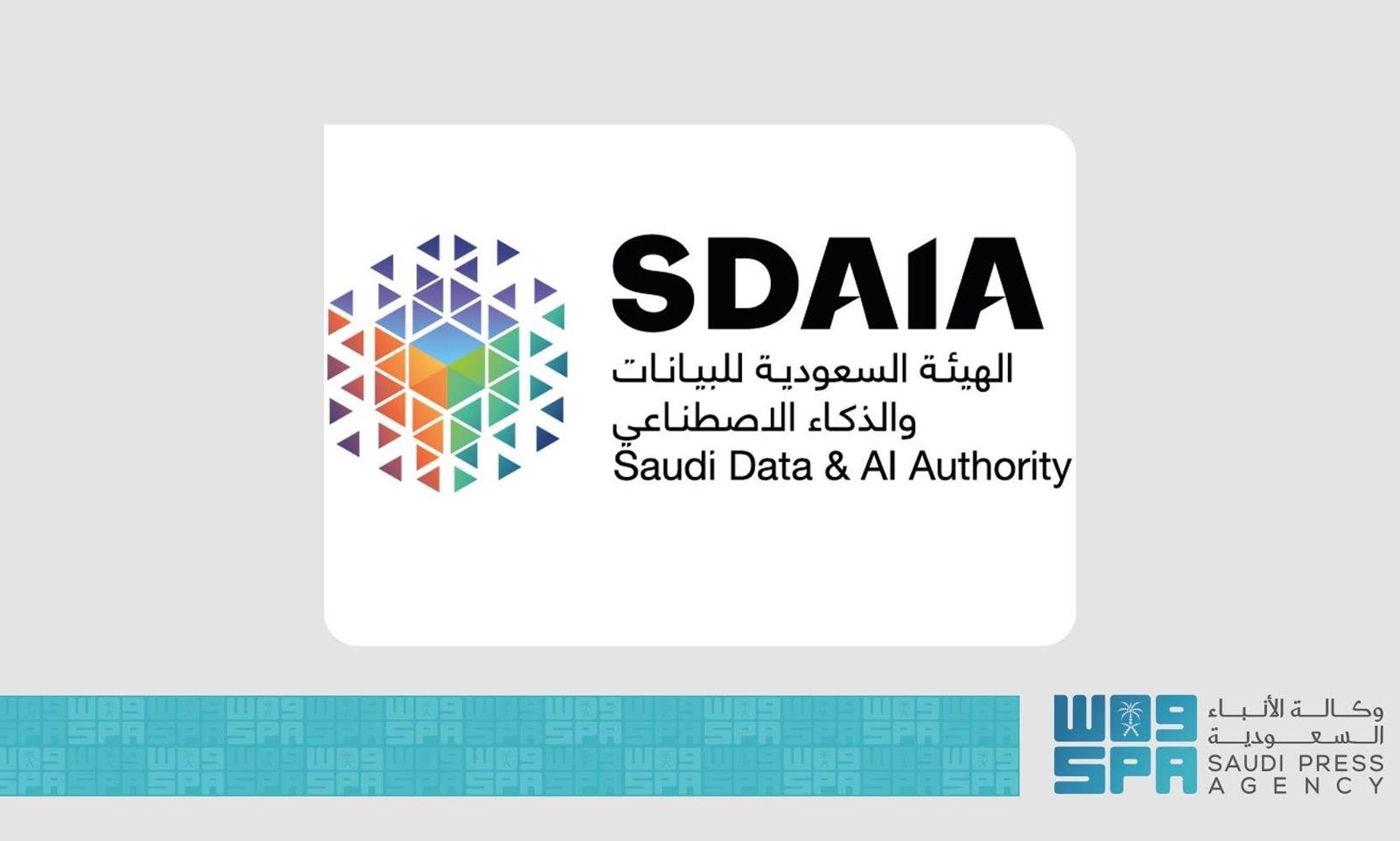(The Center Square) – Those who grew up in the 20th and 21st centuries have spent their lives in an environment saturated with cautionary tales about technology and human error, projections of ancient flood myths onto modern scenarios in which the hubris of our species brings our downfall.
They feature a point of no return, dubbed the “singularity” by Manhattan Project physicist John von Neumann, who suggested that technology would advance to a stage after which life as we know it would become unrecognizable.
Some say with the advent of artificial intelligence, that moment has come. And with it, a massive gap between public perception and the goals of both government and private industry. While states court data center development and tech investments, polling from Pew Research indicates Americans outside the industry have strong misgivings about AI.
People are also reading…
In Pennsylvania, giants like Amazon and Microsoft have pledged to spend billions building the high-powered infrastructure required to enable the technology. Fostering this progress is a rare point of agreement between the state’s Democratic and Republican leadership, even bringing Gov. Josh Shapiro to the same event – if not the same stage – as President Donald Trump.
Pittsburgh is rebranding itself as the “global capital of physical AI,” leveraging its blue-collar manufacturing reputation and its prestigious academic research institutions to depict the perfect marriage of code and machine. Three Mile Island is rebranding itself as Crane Clean Energy Center, coming back online exclusively to power Microsoft AI services. Some legislators are eager to turn the lights back on fossil fuel-burning plants and even build new ones to generate the energy required to feed both AI and the everyday consumers already on the grid.
At the federal level, Trump has revoked guardrails established under the Biden administration with an executive order entitled “Removing Barriers to American Leadership in Artificial Intelligence.” In July, the White House released its “AI Action Plan.”
The document reads, “We need to build and maintain vast AI infrastructure and the energy to power it. To do that, we will continue to reject radical climate dogma and bureaucratic red tape, as the Administration has done since Inauguration Day. Simply put, we need to ‘Build, Baby, Build!’”
To borrow an analogy from Shapiro’s favorite sport, it’s a full-court press, and there’s hardly a day that goes by that messaging from the state doesn’t tout the thrilling promise of the new AI era. Next week, Shapiro will be returning to Pittsburgh along with a wide array of luminaries to attend the AI Horizons summit in Bakery Square, a hub for established and developing tech companies.
According to leaders like Trump and Shapiro, the stakes could not be higher. It isn’t just a race for technological prowess — it’s an existential fight against China for control of the future itself. AI sits at the heart of innovation in fields like biotechnology, which promise to eradicate disease, address climate collapse, and revolutionize agriculture. It also sits at the heart of defense, an industry that thrives in Pennsylvania.
Yet, one area of overlap in which both everyday citizens and AI experts agree is that they want to see more government control and regulation of the technology. Already seeing the impacts of political deepfakes, algorithmic bias, and rogue chatbots, AI has far outpaced legislation, often to disastrous effect.
In an interview with The Center Square, Penn researcher Dr. Michael Kearns said that he’s less worried about autonomous machines becoming all-powerful than the challenges already posed by AI.
Kearns spends his time creating mathematical models and writing about how to embed ethical human principles into machine code. He believes that in some areas like chatbots, progress may have reached a point where improvements appear incremental for the average user. He cites the most recent ChatGPT update as evidence.
“I think the harms that are already being demonstrated are much more worrisome,” said Kearns. “Demographic bias, chatbots hurling racist invectives because they were trained on racist material, privacy leaks.”
Kearns says that a major barrier to getting effective regulatory policy is incentivizing experts to leave behind engaging work in the field as researchers and lucrative roles in tech in order to work on policy. Without people who understand how the algorithms operate, it’s difficult to create “auditable” regulations, meaning there are clear tests to pass.
Kearns pointed to ISO 420001. This is an international standard that focuses on process rather than outcome to guide developers in creating ethical AI. He also noted that the market itself is a strong guide. When someone gets hurt or hurts someone else using AI, it’s bad for business, incentivizing companies to do their due diligence.
He also noted crossroads where two ethical issues intersect. For instance, companies are entrusted with their users’ personal data. If policing misuse of the product requires an invasion of privacy, like accessing information stored on the cloud, there’s only so much that can be done.
OpenAI recently announced that it is scanning user conversations for concerning statements and escalating them to human teams, who may contact authorities when deemed appropriate. For some, the idea of alerting the police to someone suffering from mental illness is a dangerous breech. Still, it demonstrates the calculated risks AI companies have to make when faced with reports of suicide, psychosis, and violence arising out of conversations with chatbots.
Kearns says that even with the imperative for self-regulation on AI companies, he expects there to be more stumbling blocks before real improvement is seen in the absence of regulation. He cites watchdogs like the investigative journalists at ProPublica who demonstrated machine bias against Black people in programs used to inform criminal sentencing in 2016.
Kearns noted that the “headline risk” is not the same as enforceable regulation and mainly applies to well-established companies. For the most part, a company with a household name has an investment in maintaining a positive reputation. For others just getting started or flying under the radar, however, public pressure can’t replace law.
One area of AI concern that has been widely explored in the media is the use of AI by those who make and enforce the law. Kearns said, for his part, he’s found “three-letter agencies” to be “among the most conservative of AI adopters just because of the stakes involved.
In Pennsylvania, AI is used by the state police force.
In an email to The Center Square, PSP Communications Director Myles Snyder wrote, “The Pennsylvania State Police, like many law enforcement agencies, utilizes various technologies to enhance public safety and support our mission. Some of these tools incorporate AI-driven capabilities. The Pennsylvania State Police carefully evaluates these tools to ensure they align with legal, ethical, and operational considerations.”
PSP was unwilling to discuss the specifics of those technologies.
AI is also used by the U.S. military and other militaries around the world, including those of Israel, Ukraine, and Russia, who are demonstrating a fundamental shift in the way war is conducted through technology.
In Gaza, the Lavender AI system was used to identify and target individuals connected with Hamas, allowing human agents to approve strikes with acceptable numbers of civilian casualties, according to Israeli intelligence officials who spoke to The Guardian on the matter. Analysis of AI use in Ukraine calls for a nuanced understanding of the way the technology is being used and ways in which it should be regulated by international bodies governing warfare in the future.
Then, there are the more ephemeral concerns. Along with the long-looming “jobpocalypse,” many fear that offloading our day-to-day lives into the hands of AI may deplete our sense of meaning. Students using AI may fail to learn. Workers using AI may feel purposeless. Relationships with or grounded in AI may lead to disconnection.
Kearns acknowledged that there would be disruption in the classroom and workplace to navigate but it would also provide opportunities for people who previously may not have been able to gain entrance into challenging fields.
As for outsourcing joy, he asked “If somebody comes along with a robot that can play better tennis than you and you love playing tennis, are you going to stop playing tennis?”



























